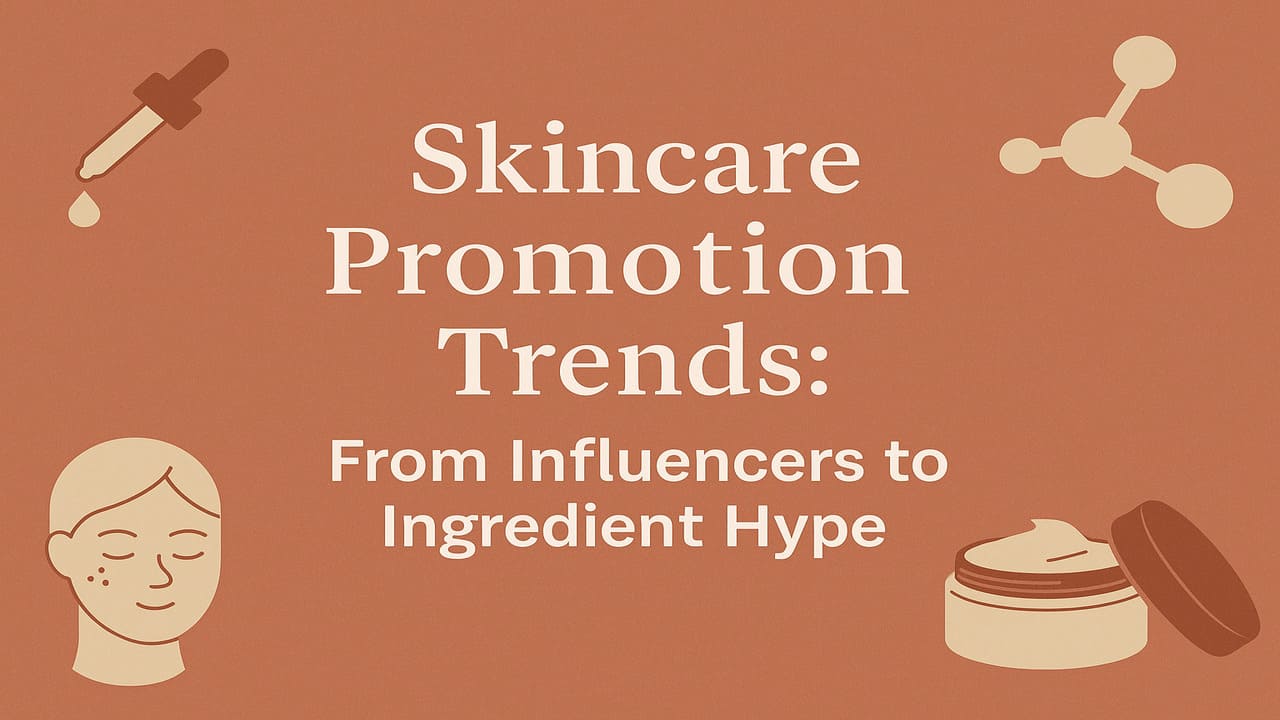
The Berkshire Mall – In today’s digital-first beauty landscape, skincare promotion has become as nuanced and layered as the products themselves. No longer confined to glossy magazine ads or department store counters, modern skincare marketing thrives in reels, ingredient hashtags, and glowing testimonials from influencers who feel more like friends than celebrities.
The shift is more than visual it’s emotional, personal, and highly strategic. And in a market projected to surpass $180 billion globally by 2027, how a skincare brand promotes itself is just as important as what it sells.
Let’s dive into the major trends currently shaping the skincare promotion game from the influencer economy to the cult of ingredients.
One of the biggest forces behind skincare sales today is influencer marketing. But this isn’t about celebrities with millions of followers. Micro and nano influencers those with 1,000 to 50,000 followers often deliver better engagement because they feel more authentic and relatable.
Skincare brands are increasingly building long-term partnerships with creators who share personal skin journeys. Think bare-faced photos, day-by-day progress reels, and honest reviews even if the results are gradual.
Platforms like TikTok have supercharged this trend. A single “Get Ready With Me” (GRWM) video can introduce thousands to a new toner or moisturizer overnight. Hashtags like #SkinTok, #TextureTuesday, or #AcneJourney build not just visibility but communities of shared experience.
Brands like The Ordinary and CeraVe have thrived here not just because of low price points, but because their products are backed by transparent communication, and amplified by creators who truly use them.
Also Read : Lucky Bonanza: Turning Every Purchase at The Berkshire Mall into a Surprise Celebration
Gone are the days when a skincare product’s appeal relied solely on packaging or vague promises like “renewing” or “revitalizing.” Today’s consumers are educated and they want to know what’s inside the bottle and what it actually does.
This has led to an ingredient-first marketing approach. Brands now lead with keywords like niacinamide, hyaluronic acid, salicylic acid, or bakuchiol. They don’t just list them they explain their function, ideal usage, and even their percentage concentrations.
This approach appeals to the savvy consumer who watches YouTube breakdowns of INCI lists and compares active ingredients across brands. For marketers, this means balancing scientific credibility with clarity and accessibility.
Some brands go even further, creating campaigns around specific ingredients like a “Vitamin C Glow Season” or “Hydration Month with Hyaluronic Acid.” It’s educational, timely, and often seasonally relevant.
Beyond influencers and ingredients, storytelling is what ties everything together. Today’s successful skincare campaigns don’t just sell results they sell narratives. The story of transformation. The story of self-care. The story of reclaiming confidence.
Social media campaigns often feature real users documenting their progress over weeks or months. Brands are also investing in docu-style ads, community spotlights, and behind-the-scenes looks into product development.
The result? Audiences don’t feel like they’re being sold to they feel like they’re part of a movement, a solution, or a shared problem being addressed.
This emotional resonance becomes a powerful conversion tool, especially when aligned with core values like cruelty-free testing, sustainability, or inclusivity.
Also Read : Cheese and Chocolate: A Swiss Gourmet Journey
Another growing trend is the use of interactive tools and gamified content to skincare promotion products. From online quizzes that match users with “their perfect routine,” to AR filters that simulate product use or skin analysis, brands are making the shopping journey more engaging than ever.
This is especially popular among Gen Z shoppers, who expect high interactivity and instant personalization. When paired with limited-time offers, bundles, or referral bonuses, these tools do more than just inform they create urgency and boost conversion rates.